9-minute read
keywords: earth sciences, ecology
One year ago today, the famous scientist, environmentalist, and futurist James Lovelock passed away at the age of 103. Amongst his many achievements, he is best known for formulating the Gaia hypothesis: the notion that the Earth is a giant self-regulating system that maintains conditions suitable for life on the planet. I have always been somewhat suspicious of this idea but have simply never gotten around to properly reading up on it. High time to inform myself better and substantiate my so-far thinly-held opinion. Join me for a four-part series of book reviews in which I delve into Lovelock’s classic Gaia; his follow-up The Ages of Gaia; Toby Tyrrell’s critical investigation of its scientific underpinnings, On Gaia; and Michael Ruse’s wider analysis of its reception and historical antecedents, The Gaia Hypothesis.
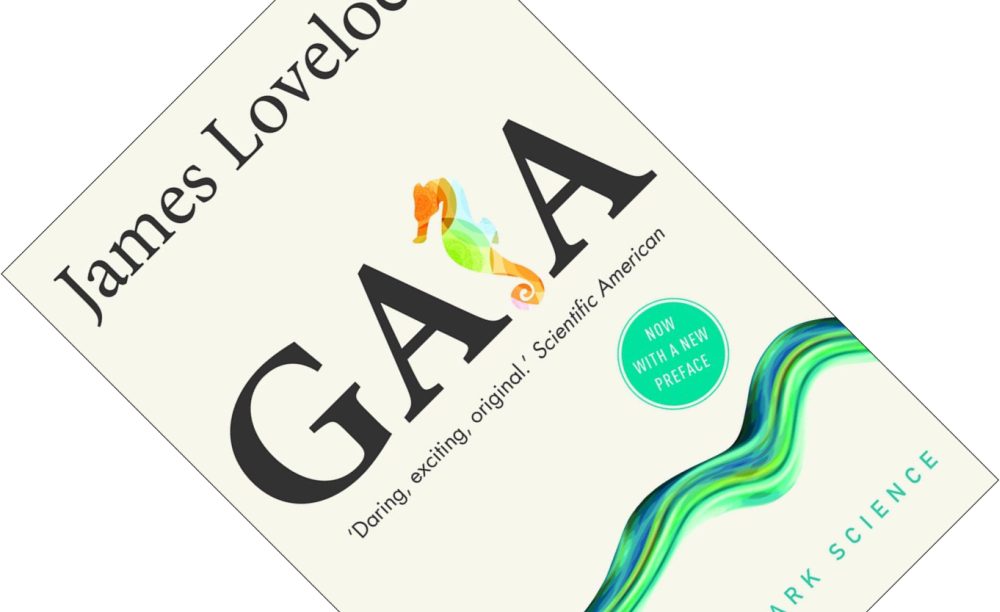
Gaia: A New Look at Life on Earth, written by James Lovelock, published by Oxford University Press in April 2016 (paperback, 148 pages)
First up is the book that started it all, Gaia: A New Look at Life on Earth. The publication history of this book is a bit convoluted, so bear with me. Gaia was originally published in 1979, reissued in 2000 with a new preface, and reissued again in 2016 with a second preface as part of the Oxford Landmark Science series which is the version I am reviewing here. The only new thing in the 2016 version is a short, 5-page preface, followed by the longer, 13-page preface from the 2000 version. That preface, in turn, clarifies that when Lovelock revisited Gaia in the late 1990s, he was faced with a choice. By then, plenty of scientists had criticized his ideas. Should he respond to them here, with the risk of making the book so obtuse as to alienate the general public, or not? To serve both groups, he left Gaia largely unchanged from the 1979 original, apart from some small factual corrections, while doing a thorough update for scientists in the 2000 version of The Ages of Gaia. This means that Gaia, even in its 2016 version, is somewhat of a time capsule. In the below, I hope it will become clear why this little preamble matters.
The Gaia hypothesis took shape in the late 1960s while Lovelock was acting as a consultant to NASA and collaborating with scientists (including no less Carl Sagan!) on their plans to look for signs of life on Mars. Three ideas, introduced in chapter 1, underpinned Gaia at the time and it will be useful to briefly discuss these here.
“[…] something keeps adding [fleeting substances] to the atmosphere. That something, Lovelock argued, is life. To me, this is the most interesting aspect of the Gaia hypothesis and has relevance to e.g. astrobiology.”
The first is related to how you would recognize signs of life, ideally using a spacecraft. Organisms interact with their environment, taking in certain substances and excreting others as waste products. Could such processes spill over into the environment and for example affect the composition of the atmosphere? Indeed, when looking at Earth’s atmosphere, its composition differs drastically from that of e.g. Mars or Venus and “bears no relation to the expectations of steady-state chemical equilibrium” (p. 9). Put simply, our atmosphere contains fleeting substances such as methane and nitrous oxide that rapidly change into other chemicals under the influence of sunlight. And yet something keeps adding them to the atmosphere. That something, Lovelock argued, is life. To me, this is the most interesting aspect of the Gaia hypothesis and has relevance to e.g. astrobiology.
However, this whole façade is built on what I consider a shaky assumption, namely that the climate has been constant for the last 3.5 billion years. Though Lovelock offers no references here to support these claims, he writes e.g. that mean surface temperature never “varied by more than a few degrees from its current levels” (p. 48). What sort of planetary thermostat might achieve this? Chapter 4 answers this question with a discussion of cybernetics: the study of control and communication, and of circular causal processes such as feedback loops, whether in living or artificial systems. Sorry to interrupt, Mr Lovelock, but I have Snowball Earth on line 1? The problem is that the contention of a near-constant past climate is simply not true. Lovelock describes what hypothetically might have happened when the early biosphere evolved and expanded: it would have consumed carbon dioxide and locked it away in sedimentary rocks when dead organic matter sank to the bottom of the oceans, in turn resulting in run-away global cooling. “The Earth would become a white frozen sphere, stable and dead” (p. 22). Ironically, today we have good evidence that this is exactly what happened, even if some of the details are still being debated. During the Cryogenian, from 720 to 635 million years ago, most—if not all—of the planet was frozen over, a period dubbed Snowball Earth. And this is nothing to say of other periods where the planet’s climate was radically different from today’s. Skimming through my copy of Summerhayes’s Paleoclimatology suggests that this discipline advanced rapidly after 1980, while research missions collecting deep-ice drilling cores had already been ongoing for several decades at this point. The idea of Snowball Earth, having been proposed by Joseph Kirschvink in 1992, was further popularised in the ensuing years by Paul Hoffman. You would expect Lovelock to have known about all this when he revisited Gaia in the late 1990s, but neither of the two prefaces mentions it. As pointed out above, he might have relegated such discussions to the 2000 reissue of The Ages of Gaia, so I am putting a pin in this for now.
“However, this whole façade is built on [the] shaky assumption […] that the climate has been constant for the last 3.5 billion years [which] is simply not true”
The third idea underpinning the Gaia hypothesis is the similarly questionable assumption that the whole self-regulating system is geared towards providing conditions optimal for life. However, to me, stating that it seems “our galaxy were a giant warehouse containing the spare parts needed for life” (p. 13) gets the arrow of causation backwards. It sounds an awful lot like the anthropic principle, the idea that the cosmos is fine-tuned for life. Instead, the idea that life is fine-tuned to conditions in the cosmos has always seemed the more logical one to me. Notably, there is no mention of mass extinctions. Sure, it seems there were long periods of climatic stability, but these have been punctuated by episodes of rapid and violent change that made Earth a hostile place to life. The power of organisms to maintain a livable environment seems limited and easily overwhelmed. The fact that life has flourished in the wake of mass extinctions instead reminds me of the power of evolution.
Having introduced the reader to the idea, Lovelock then outlines how a Gaian system might function and provides a roadmap of what to look out for. His chapters 5 and 6 flesh this out by discussing the composition of the contemporary atmosphere and the salinity of the oceans, how these are regulated, and whether these processes betray the fingerprint of Gaia. These discussions are conjectural and he admits that strong evidence is lacking so far. However, that does not mean the book is without its merits. An important point, also made by Summerhayes, is to recognize how Lovelock’s ideas changed the way scientists studied the planet and its climate; away from a siloed approach by isolated and specialist disciplines towards the interdisciplinary approach of earth sciences that treats the planet as a complex and interconnected system.
“[Mass extinctions suggest that] the power of organisms to maintain a livable environment seems limited and easily overwhelmed.”
The Gaia hypothesis was rapidly adopted by a burgeoning New Age movement and one of the more unexpected and refreshing realisations for me was that Lovelock was no hippie. There are sneers at the environmental movement throughout the book. His preface already argues that the “politicization of Green thought and action has led us dangerously astray” (p. xiv), and he blames both consumers and multinationals for environmental degradation. In chapter 7 on pollution, his pro-science and pro-technology attitude shines through most clearly. Lovelock was an outspoken advocate of nuclear energy, and almost gleefully reminds the reader that “in the current fashionable denigration of technology, it is easy to forget that nuclear fission is a natural process” (p. 15). Similarly, he was not convinced that industrial pollution had endangered the planet at that time. Nature uses chemical warfare aplenty and “there is no Geneva Convention to limit natural dirty tricks” (p. 101). He was also a noted futurist and argued that living in harmony with the planet is best achieved by “retaining but modifying technology [rather] than by a reactionary ‘back to nature’ campaign” (p. 110). I do feel that nowadays we have far less reason to be optimistic about our impact and how much companies are willing to reign themselves in. However, later in life, Lovelock changed his tune and sounded the alarm repeatedly. His suggestion that we could even take control of the climate through geo-engineering, e.g. by releasing chlorofluorocarbons in case of an impending ice age, is one of the few things he recants here in the preface.
At only 142 pages, Gaia is a quick and easy read. Given its impact, Oxford University Press is to be praised for keeping it in print. At this point, one book into this four-part review, I am left largely unconvinced and notice some obvious flaws in his argument. However, as I outlined at the start, this book is a time capsule as the text has not been updated. To see how Lovelock responded to criticism from the scientific community I will have to read deeper. As such, I will next review The Ages of Gaia.
Disclosure: The publisher provided a review copy of this book. The opinion expressed here is my own, however.
Other recommended books mentioned in this review:
__________________________________________________________________
__________________________________________________________________
__________________________________________________________________
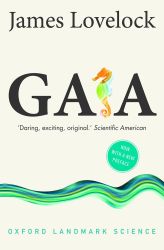
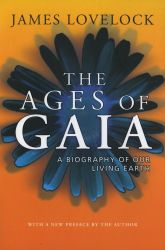
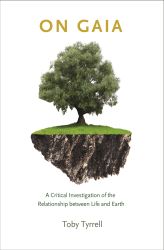


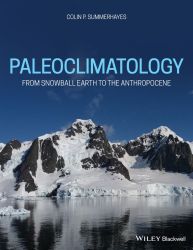
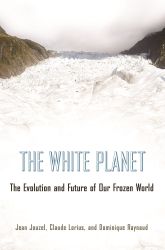

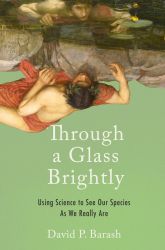


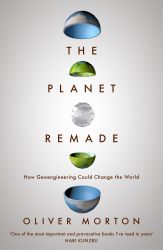
3 comments